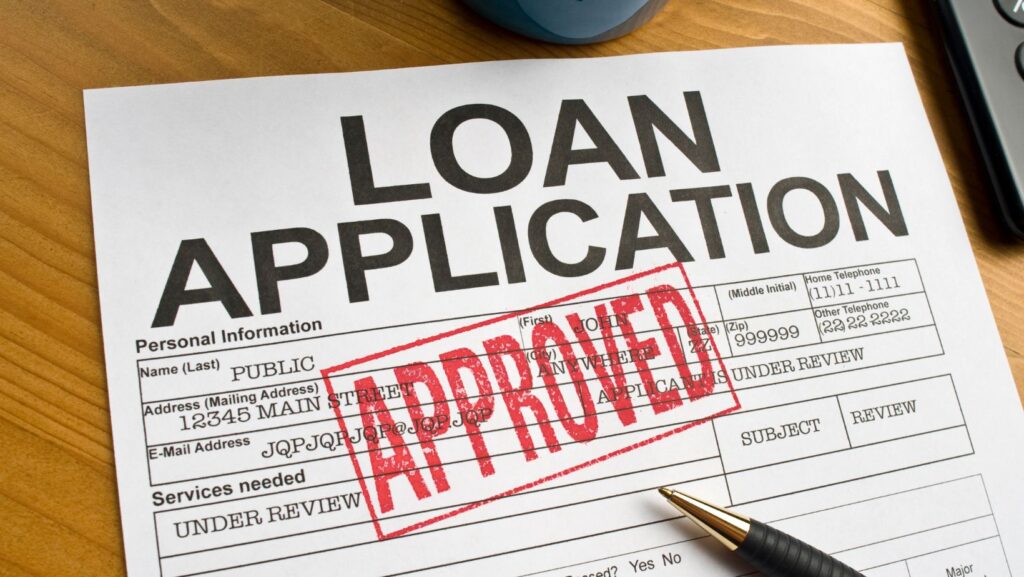
Debt can build up fast through credit cards, personal loans, and other unsecured borrowing. Keeping up with several payments each month can feel overwhelming and expensive. Using a loan to consolidate debt in Singapore helps combine multiple balances into one manageable payment, often at a lower overall interest rate. This approach can simplify finances, reduce stress, and create a clearer path toward becoming debt-free.
A well-chosen consolidation loan can also help save money over time. By comparing options such as a Debt Consolidation Plan or a personal instalment loan, borrowers can find terms that match their income and repayment goals. The key lies in understanding how each option works and selecting one that truly lowers total costs instead of just shifting debt around.
This guide explains how debt consolidation loans work in Singapore, how to choose the right one, and how to manage finances after consolidating. With the right plan and discipline, anyone can regain control of their money and make steady progress toward financial stability.
Choosing the Right Loan to Consolidate Debt in Singapore
Selecting the right debt consolidation option depends on the borrower’s income, credit profile, and the type of debts owed. Factors such as loan structure, interest rates, and eligibility rules can affect how much a person saves and how quickly they repay their debts.
Understanding Debt Consolidation Loans and How They Work
A debt consolidation loan combines multiple unsecured debts, such as credit cards or personal loans, into one single loan with a fixed monthly payment. The main goal is to reduce the overall interest rate and simplify repayment.
Borrowers can apply through banks or a licensed money lender in Singapore if they need faster approval or have lower credit scores. This option can help those who struggle to manage several due dates and interest rates.
The new lender pays off the borrower’s existing balances, leaving only one loan to repay. This structure provides clearer tracking of progress and may improve credit scores over time if payments remain consistent. However, borrowers must avoid taking new credit while repaying the consolidated loan.
Debt Consolidation Plan (DCP) vs. Personal Loans vs. Balance Transfers
A Debt Consolidation Plan (DCP) is offered by participating banks to individuals with unsecured debts exceeding 12 times their monthly income. It provides lower interest rates, usually between 7% and 10% per year, and combines all eligible debts into one account.
Personal loans suit borrowers with smaller debts or those who do not meet DCP criteria. These loans often have flexible tenures and can be used to pay off credit cards or smaller loans. However, interest rates may vary depending on the borrower’s credit score.
Balance transfers move outstanding credit card balances to a new card with a temporary low or 0% interest rate. This can help short-term repayment but may lead to higher costs if the balance remains unpaid after the promotional period.
Each option fits different financial needs. The best choice depends on total debt, income stability, and repayment discipline.
Eligibility Criteria and Application Process
To qualify for a DCP, applicants must be Singapore citizens or permanent residents earning between S$20,000 and S$120,000 per year, with total unsecured debts exceeding 12 times their monthly income. They must also have net personal assets below S$2 million.
Applicants can only hold one active DCP at a time, though refinancing is possible after three months if a better offer appears. For personal loans, eligibility depends on income level, credit rating, and existing liabilities.
The process involves submitting income statements, identification, and debt summaries. Once approved, the lender pays off the outstanding debts directly. Borrowers then make fixed monthly payments to the new lender until the loan is cleared.
Key Costs, Interest Rates, and Fees to Consider
Borrowers should compare both the Annual Interest Rate (AIR) and the Effective Interest Rate (EIR). The AIR shows the nominal rate, while the EIR reflects the true cost after accounting for fees and compounding.
Banks may charge processing fees ranging from S$99 to S$600. Some lenders waive these fees but offset them with higher interest rates. Borrowers should also note any early repayment or refinancing penalties.
A lower EIR usually means greater savings over time, even if the upfront fees seem higher. Comparing total repayment costs, not just monthly installments, helps identify the most cost-effective plan. Careful review of loan terms prevents surprises and supports long-term financial recovery.
Maximising Savings and Managing Debt After Consolidation
After consolidating multiple debts into one loan, borrowers can reduce interest costs and simplify repayment. To gain the most benefit, they must focus on lowering overall interest, staying disciplined with spending, and avoiding new financial mistakes that could undo their progress.
Strategies to Save on Interest and Repay Debt Faster
Borrowers should first compare interest rates across banks before accepting a consolidation offer. Even a 1% difference in rate can save hundreds of dollars each year. Choosing a shorter loan tenure reduces total interest, though it raises the monthly instalment slightly.
Extra payments toward the principal also cut interest faster. For example, paying an additional S$100 each month can shorten repayment by several months. However, borrowers should check for any early settlement fees that might apply before making lump-sum payments.
Keeping track of loan statements helps confirm that payments go toward principal rather than interest. Avoid using credit cards for new purchases until the consolidated loan balance drops significantly. This prevents debt from building up again and keeps repayment progress steady.
Maintaining Financial Discipline and Improving Credit Score
A Debt Consolidation Plan works best when borrowers control spending and follow a clear budget. They should separate funds for essentials, savings, and loan repayment. This builds consistent habits that support long-term financial discipline.

Regular, on-time payments improve a person’s credit score over time. Late or missed payments appear on the credit report and may lower future borrowing options. Setting up automated payments or reminders helps prevent delays.
Borrowers should also review their credit report at least once a year. Checking for errors or outdated information guarantees the report accurately reflects their repayment progress. A higher credit score may later qualify them for lower-interest loans or better financial products.
Potential Pitfalls and How to Avoid Them
Some borrowers underestimate processing fees, early settlement fees, or other charges that come with a consolidation loan. These costs can offset savings if not reviewed in advance. Always read the loan agreement carefully before signing.
Taking on new debt too soon after consolidation can erase the benefits of lower interest rates. Borrowers should close unused credit lines or reduce card limits to avoid temptation.
A sudden drop in income can also affect repayment ability. Keeping an emergency fund equal to at least three months of instalments helps manage such risks. Careful planning and steady repayment protect both finances and credit standing.
Debt consolidation can help borrowers regain control of their finances by turning several unsecured debts into one structured loan. It reduces confusion, simplifies repayments, and may lower total interest costs over time.
A well-chosen plan, such as a Debt Consolidation Plan or a personal loan, depends on income level, debt size, and repayment ability. Each option has specific rules and costs that borrowers should compare carefully before applying.
Timely repayment builds a stronger credit profile and supports long-term financial stability. With careful planning and discipline, borrowers can clear debts more efficiently and move toward better money management.







